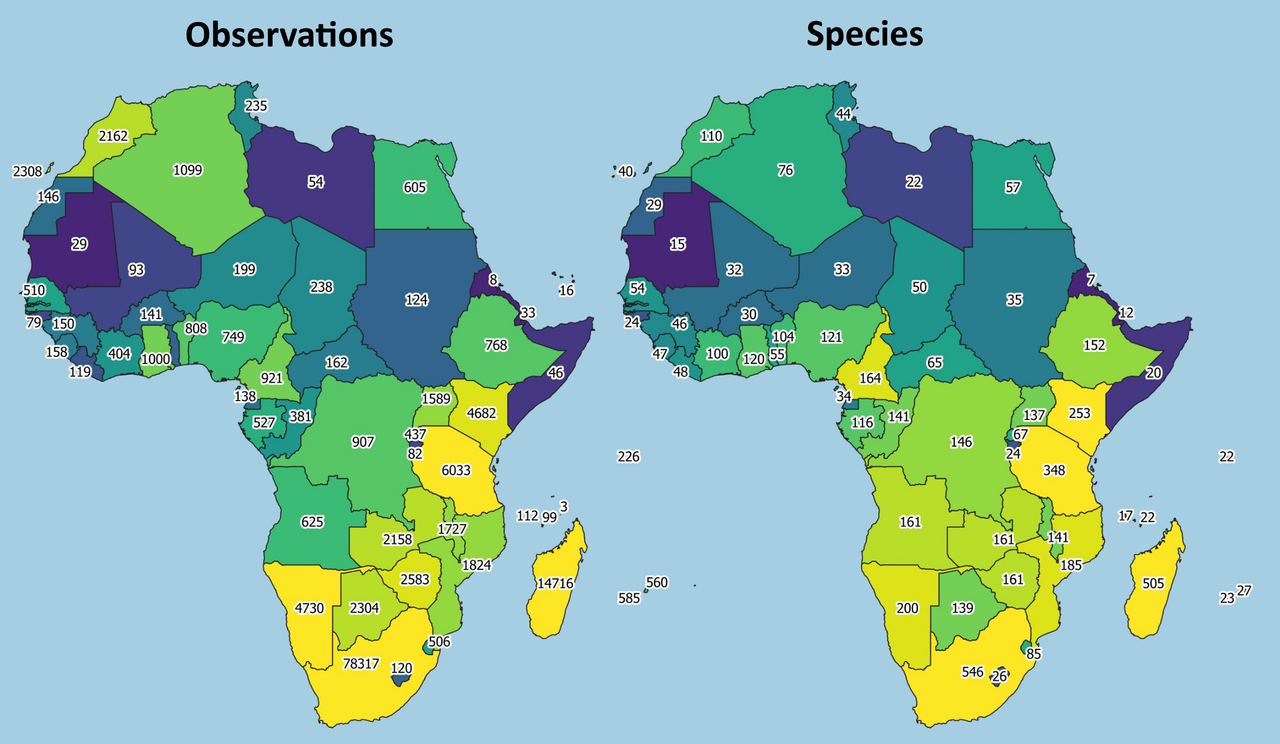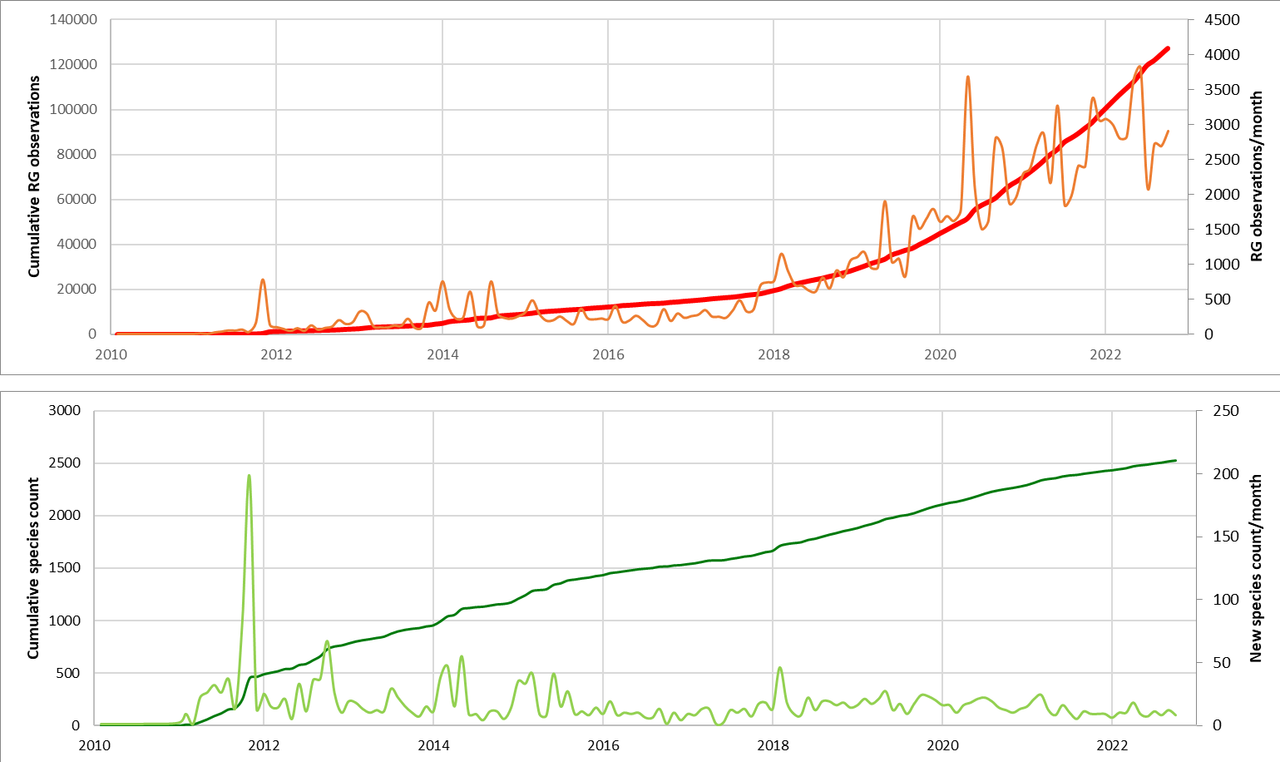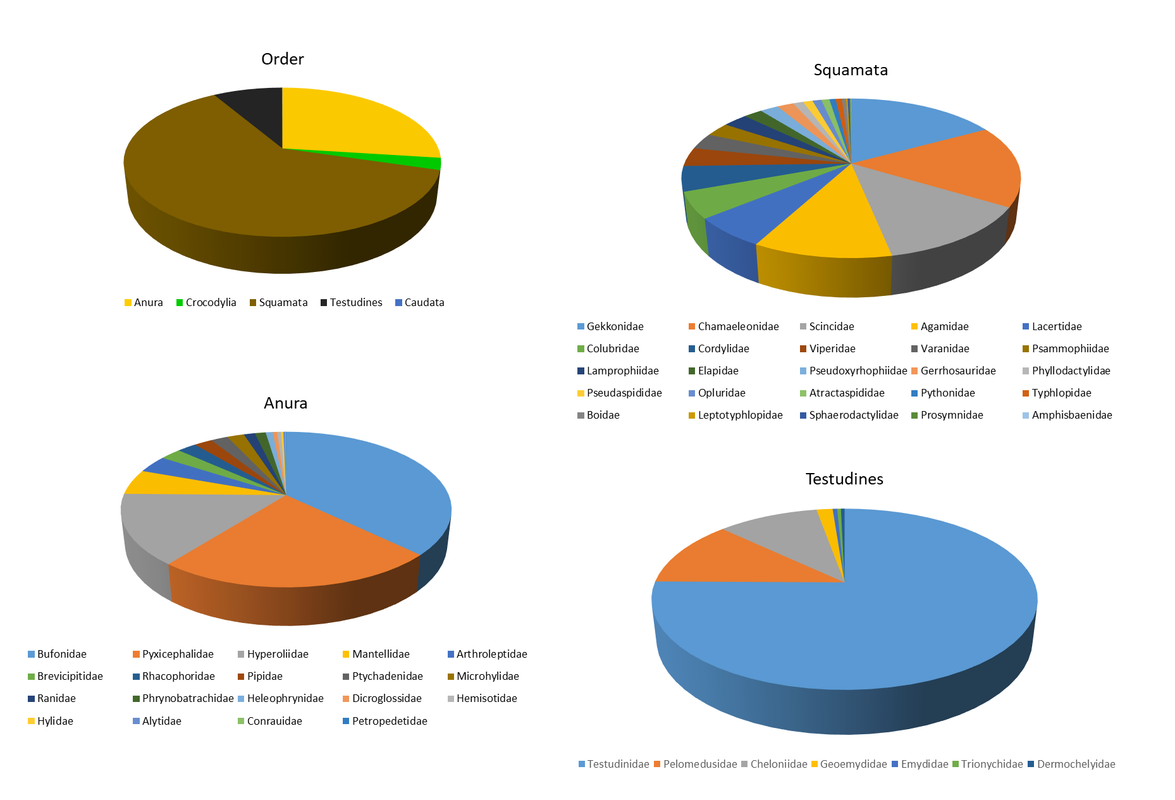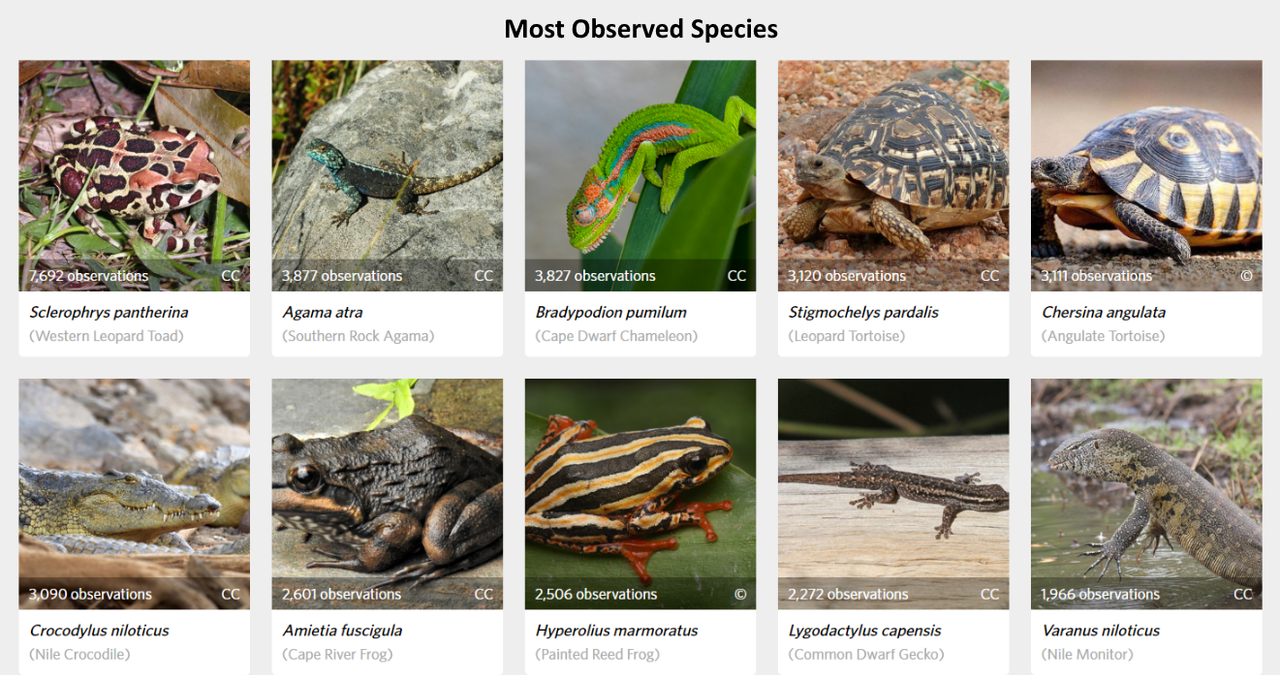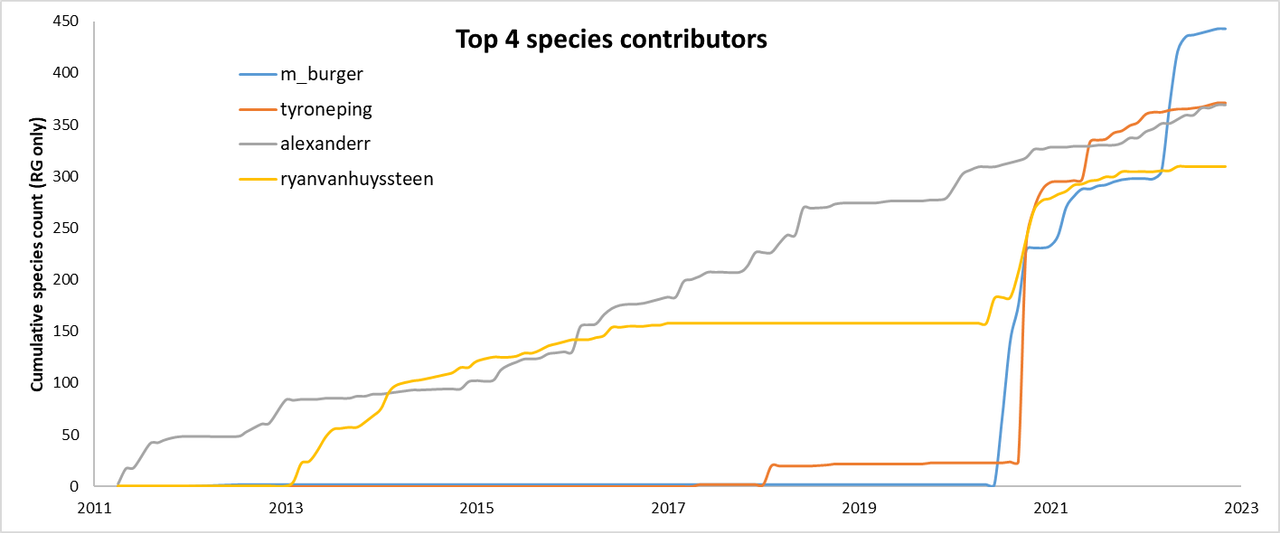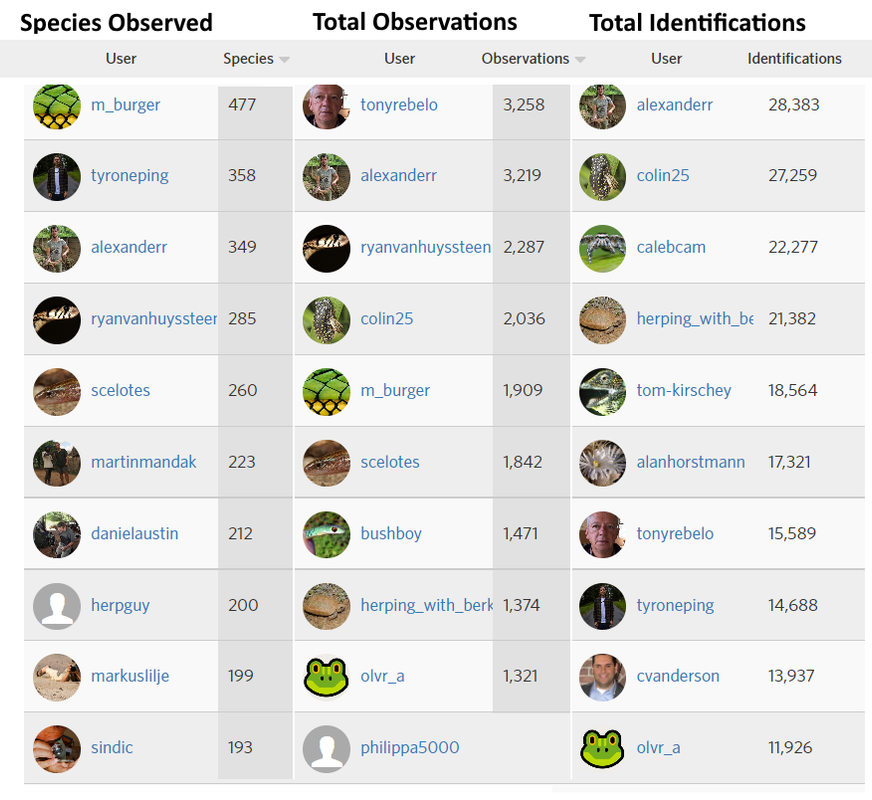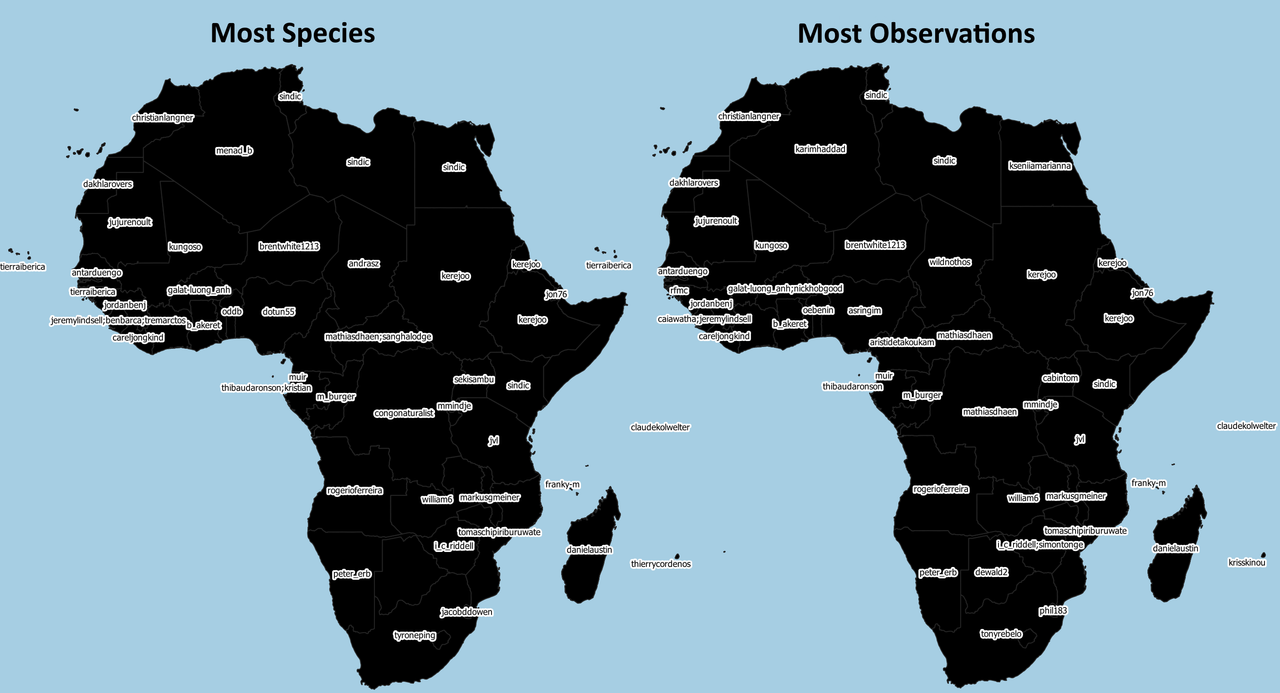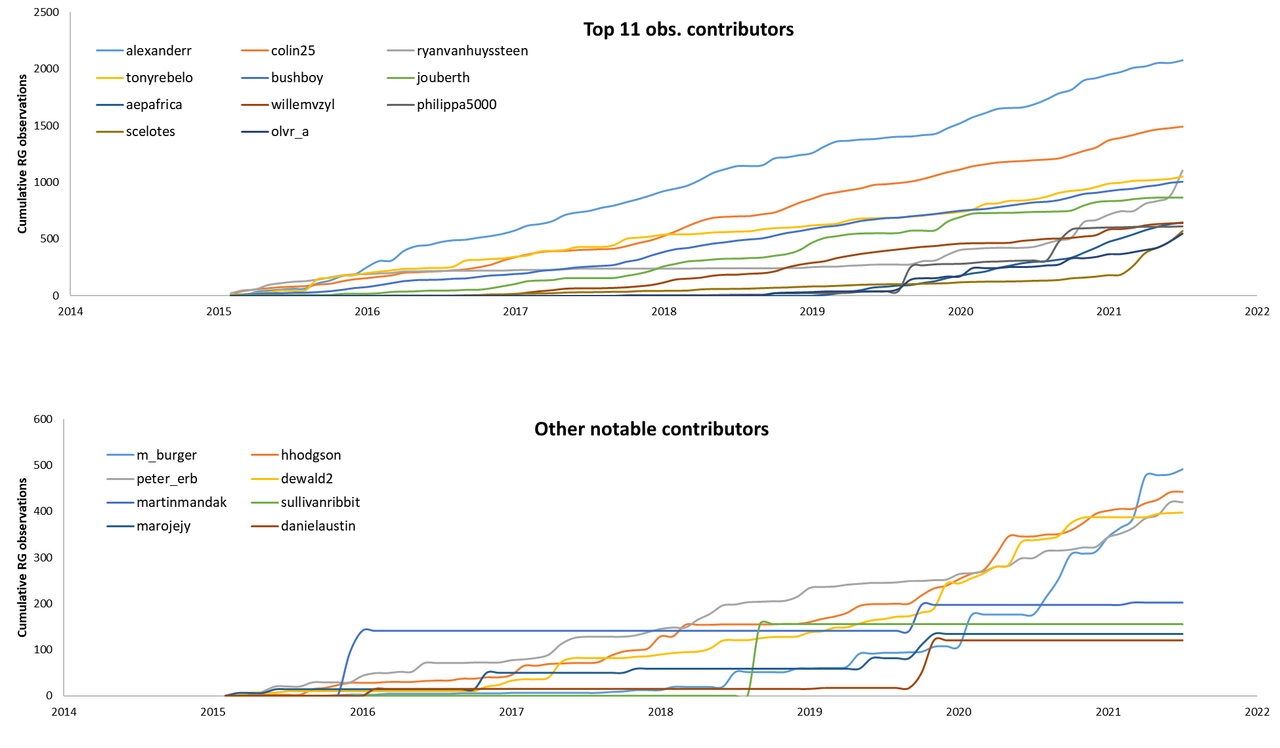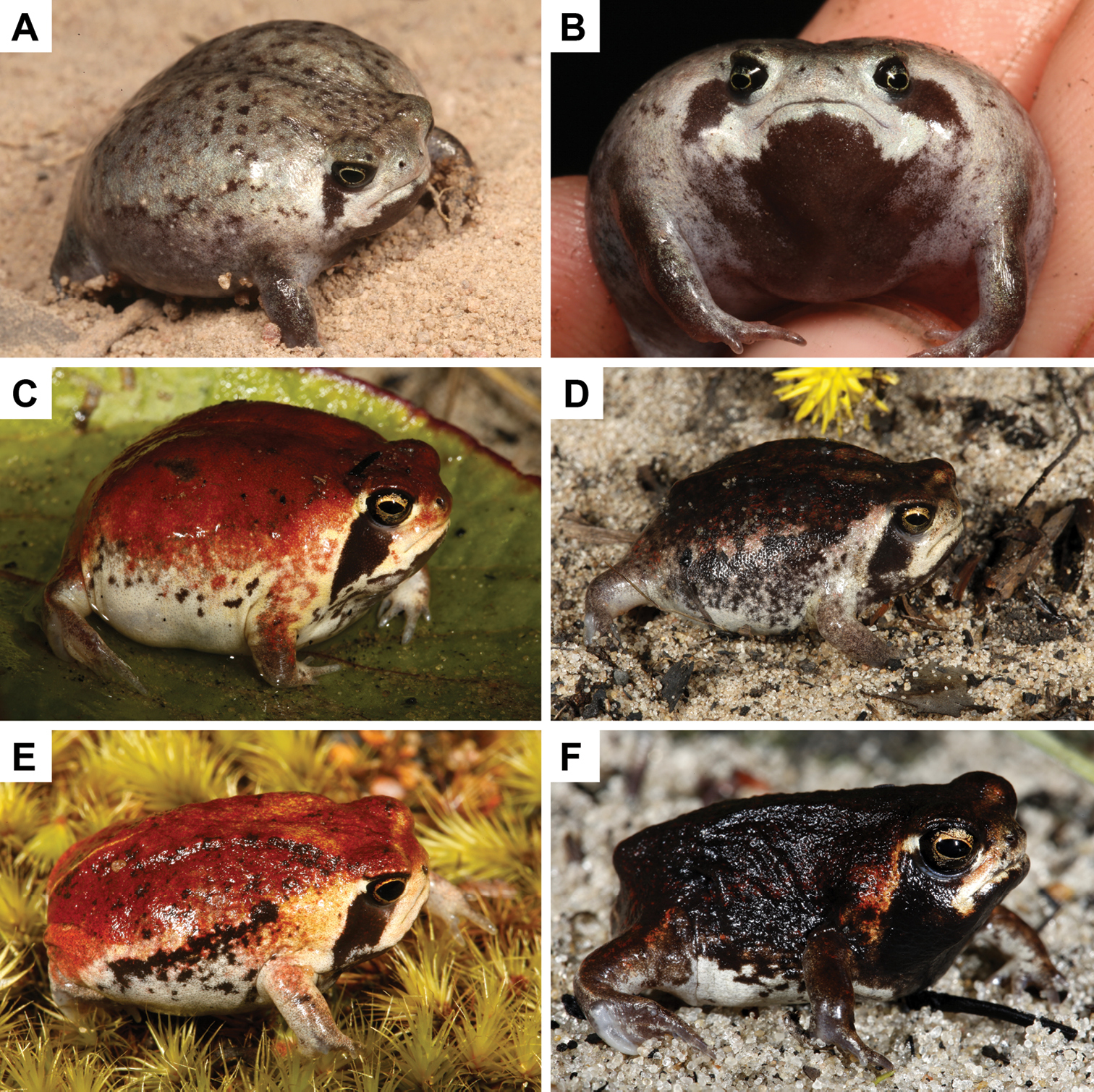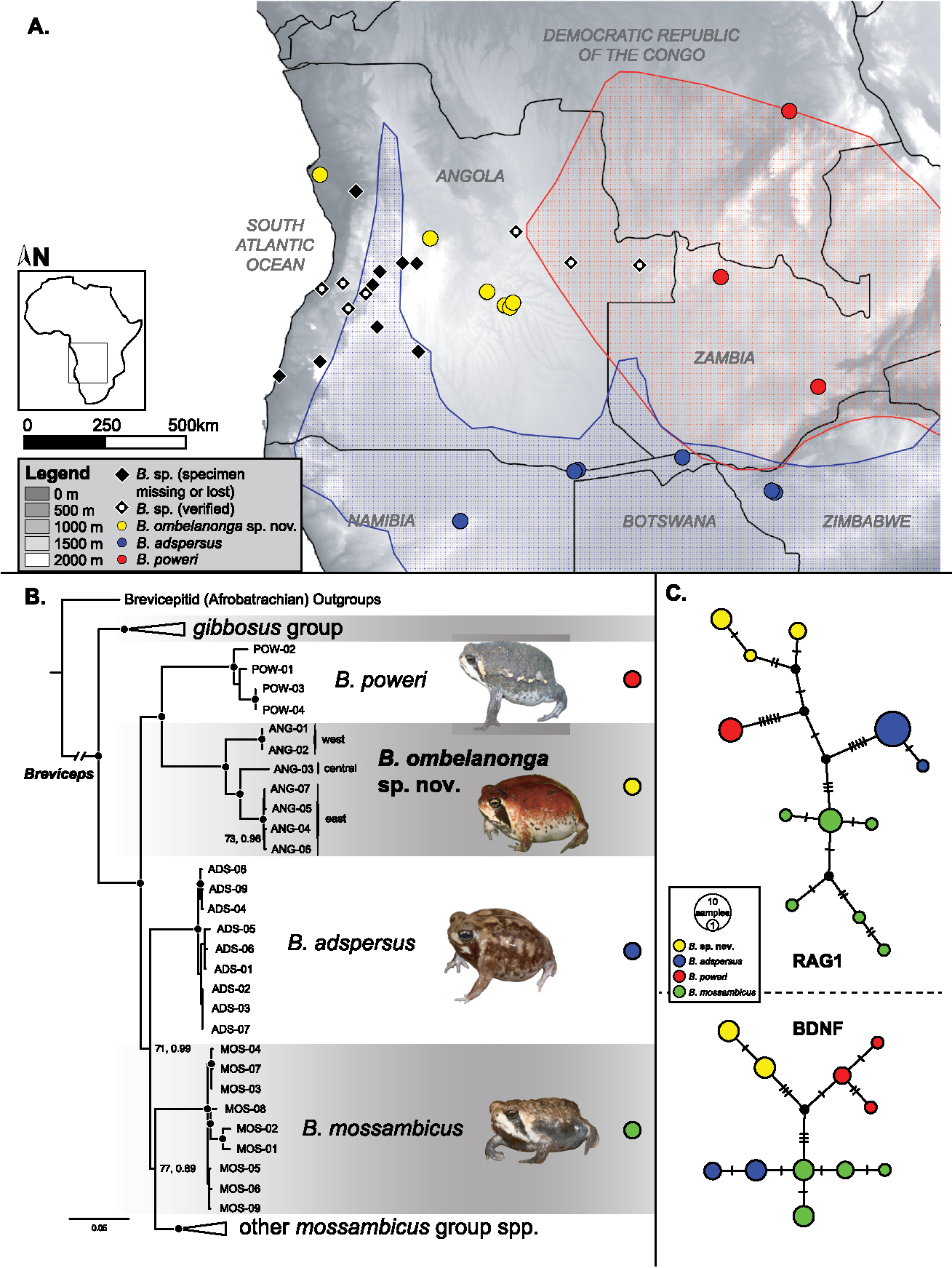New Bullfrog for southern Africa
Beytell's Bullfrog (Pyxicephalus beytelli) has recently been described by Louis de Preez et. al. A unique looking species from Botswana, Angola, Zambia and Zimbabwe that used to be considered under P. adspersus, but has a golden yellow back with black markings and also a light spot on the tympanum. It also has teeth on the maxilla (but the mouth needs to be opened).
https://www.tandfonline.com/doi/epdf/10.1080/21564574.2023.2296654?needAccess=true
Help us correctly identify records by reviewing these observations:
https://www.inaturalist.org/observations?lat=-18.201964204295237&lng=21.667229337617755&place_id=any&radius=808.025244456687&subview=map&taxon_id=26192
du Preez, L.H., Netherlands, E.C., Rödel, M.O. and Channing, A., 2024. A new bullfrog from southern Africa (Pyxicephalidae, Pyxicephalus Tschudi, 1838). African Journal of Herpetology, pp.1-29.


